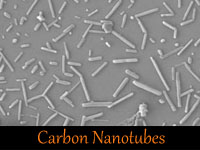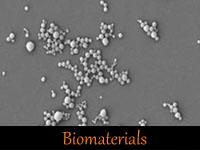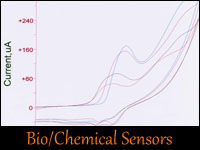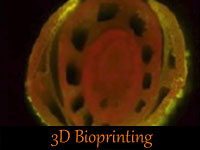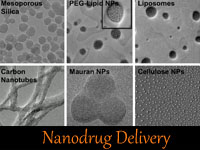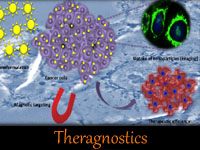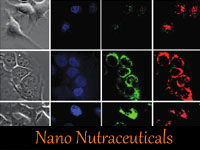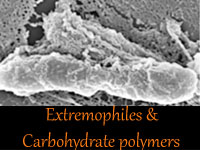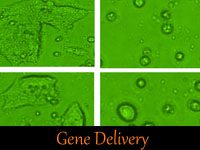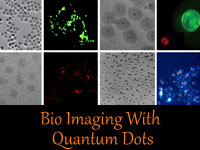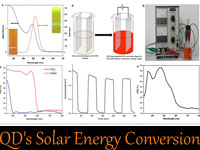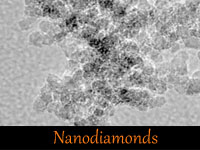


Single Wall Carbon Materials
We have developed a processing method to obtain high quality, highly uniform single wall nanotubes at very low temperature (280 oC).
During the past 12 years of the nano tube research, several synthesis method have been emerged along with arc discharge; such as laser vaporization, chemical vapor deposition, Plasma enhanced chemical vapor deposition etc. These process, however, involve very high temperatures (arc discharge: 5000 - 20,000 oC, laser vaporization: 4000 - 5000 oC, CVD and PECVD: 700 – 1000 oC), which prohibits the use of nanotubes in the microelectronics or nanoelectronics field.
If we can process nanotubes in low temperatures < 450 oC then only we can integrate the nanotubes in microchips along with the online processing along with the technology currently existing in the industry. In other way, scientists working in the nanotube research fields are expecting for a break through for the past 12 years, to process nanotubes in low temperatures. In micro electronics industry it needs the online processing of the nanotubes, which will be difficult in the highly elevated temperatures, since many applications that stand lose certain characteristics of the processed wafer at elevated temperatures (for example charring of photoresist etc.).
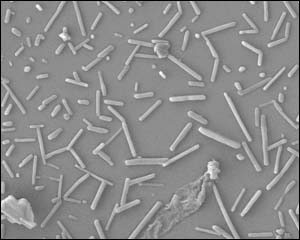 | 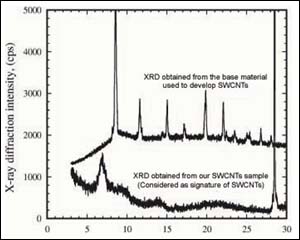 | 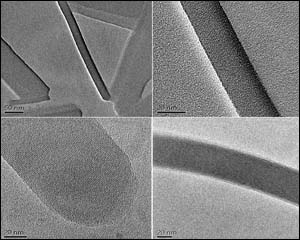 |
Fig. 1 SEM picture of highly Straight nanotubes | Fig. 2 XRD obtained from the base material used to produce SWCNTs and our sample contains SWCNTs (XRD spectrum from SWCNTs considered as its signature Ref: Fischer J. E. et al., J. Appl. Phys. 93 (4), 2157-2163 (2003) | Fig. 3 TEM and HRTEM of SWCNTs from our sample |
It is generally accepted that producing carbon materials (CNTs) at low temperatures by keeping its quality, is a highly formidable task. This is due to the fact that the relatively low growth temperature does not provide sufficient thermal energy to anneal nanotubes into perfectly crystalline
structures (high temperature is necessary to form single wall nanotubes (SWNTs) that have small diameters and thus high strain energies, and allow for nearly defect free crystalline nanotube structures). It is suggested that high temperature processes (such as arc discharge and laser evaporation) are the best methods to produce high quality nanotubes. For the past one decade intense research work is going on to lower the processing temperature to use nanotubes on glass, plastic and other flexible but heat susceptible substrates by keeping the quality of nanotubes, how ever the efforts in this direction up to this time turned futile and suggests for further research. We need to develop high quality nanotubes at substrate temperature much below 450 oC even to imagine the possibility of the online processing of integration of nanotubes in micro and nano electronics circuits in future with currently existing micro electronics industry infrastructure based on complementary metal-oxide semiconductor (CMOS) technology.
Selected publications
- Carbon materials and plasma deposited polymeric biomaterials (Invited Talk)
D. Sakthi Kumar -
School of Chemical and Biomolecular Engineering, Georgia Institute of Technology, Atlanta, USA, December 3, 2007
Isolated bundles of highly straight, highly uniform, single wall carbon materials grown at very low temperature. (Oral)
D. Sakthi Kumar, Yasuhiko Yoshida
Materials Research Society, (fall meeting) Boston, MA, USA, November 26-30, 2007 -
Isolated bundles of high quality, highly uniform single wall nanotubes grown at very low temperature
D. Sakthi Kumar, Yasuhiko Yoshida
Nature Nanotechnology (Requested to submit the revised version) -
High quality nanotubes produced under very low temperature. Japanese patent number 143562 (2006)
D. Sakthi Kumar, Yasuhiko Yoshida

